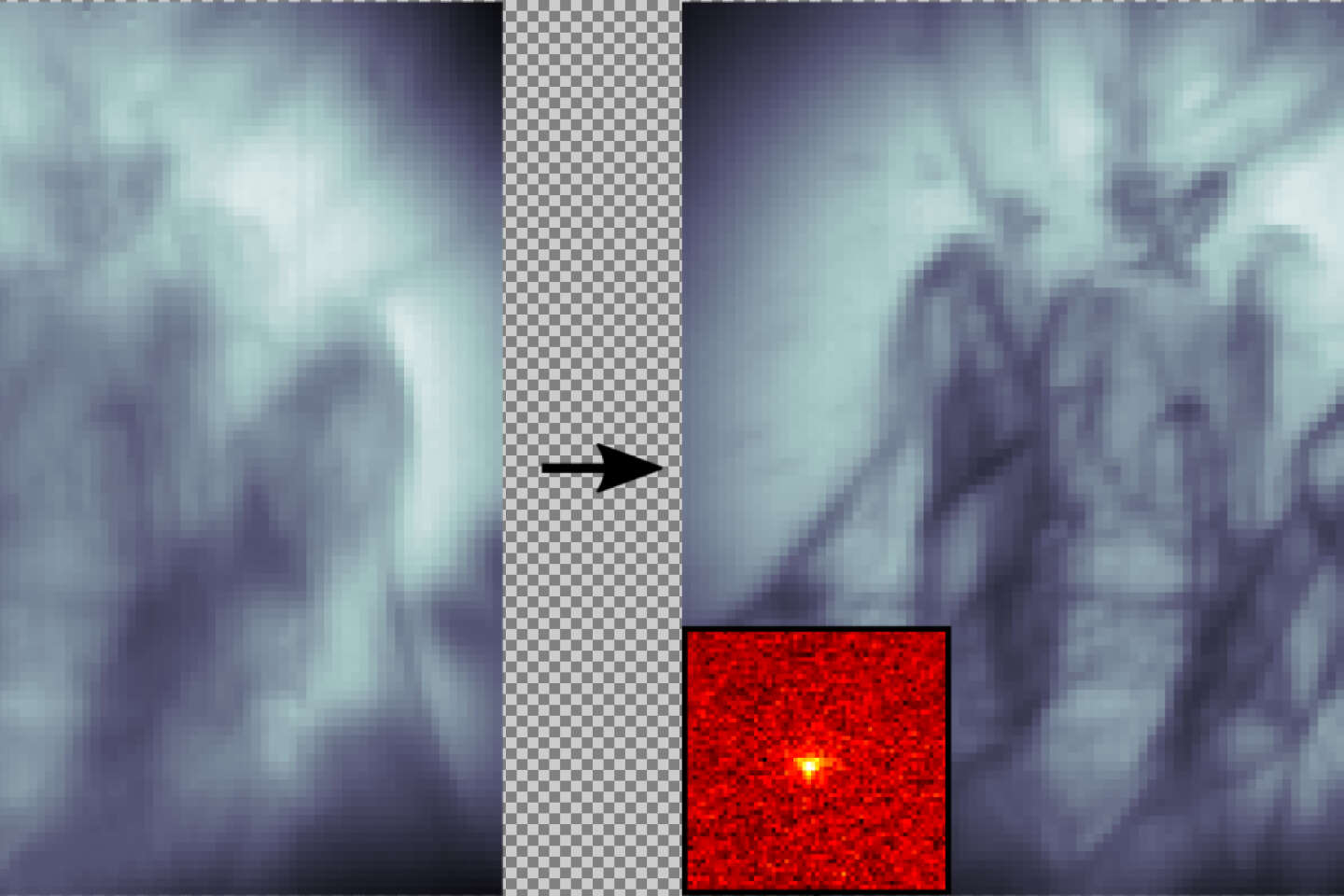In the future everything will be quantum. Computers, the internet, cryptography… and now microscopes. Two teams promise more accurate, higher-contrast, less blurry images and with less light, thanks to quantum physics, this theory that describes matter, light and their interactions.
These two teams use one of the symbols of the new golden age of quantum technologies: pairs of so-called entangled particles. That is to say, two ‘objects’ with properties so correlated that the two become one: measuring the state of one (a position or a polarization for example…) immediately forces the other to adopt the same state, insofar as this second particle that is. of the first. A phenomenon that does not exist in the classical world. Its demonstration in the 1970s to 1990s won three physicists, including Frenchman Alain Aspect, the Nobel Prize in 2022.
The first group, the French-Scottish group (mainly the University of Glasgow, the Sorbonne University and CNRS), provides Science of March 7, how he managed to ‘float’ images of a bee’s head using pairs of entangled photons and a technique borrowed from astronomy, adaptive optics.
Make optical aberrations ‘disappear’
The latter attempts to deform the surface of a telescope’s mirrors down to a few micrometers so that the image of a reference star, whose light is distorted by the atmosphere, becomes clear. Biologists have also learned to use this development technique by attaching fluorescent molecules to proteins, which serve as guide stars among entire organisms or groups of cells. The French-Scottish team does without these fluorophores. Their reference is the specific light carried by pairs of spatially entangled photons. That is, if one is detected in one place, the other must be detected simultaneously in a very precise position (here symmetrical to the axis of the source’s rays). If not, there was a disruption along the way. “Tuning” consists of adjusting the surface of the mirrors to find the expected correlation and thus make the aberrations “disappear”.
And it works, the unrecognizable bee’s head becomes clear or even two thin copper wires that seemed to be one are very different. “One of the advantages is that we can examine objects at greater depths, because the thickness of the tissue causes most of the optical deviations”, indicates Hugo Defienne, lead author of this experiment and researcher at the CNRS of Sorbonne University. “This also makes it possible to use fewer photons and therefore cause less damage to certain sensitive targets”recalls Sylvain Gigan of the Kastler Brossel Laboratory in Paris, who did not participate in this work and was Hugo Defienne’s former thesis director.

